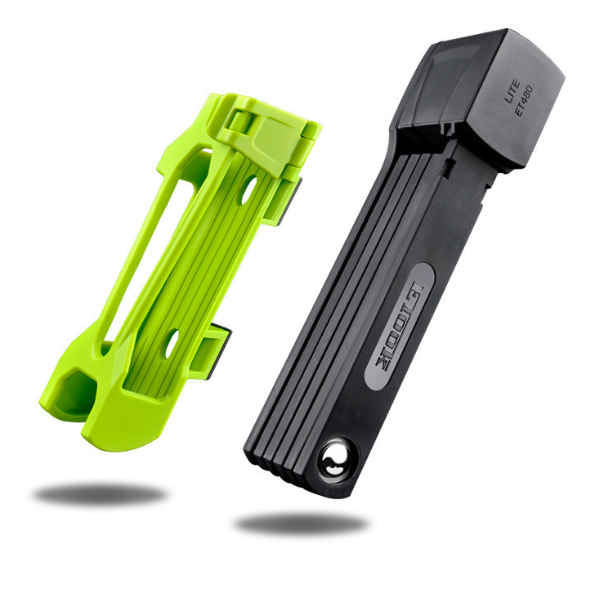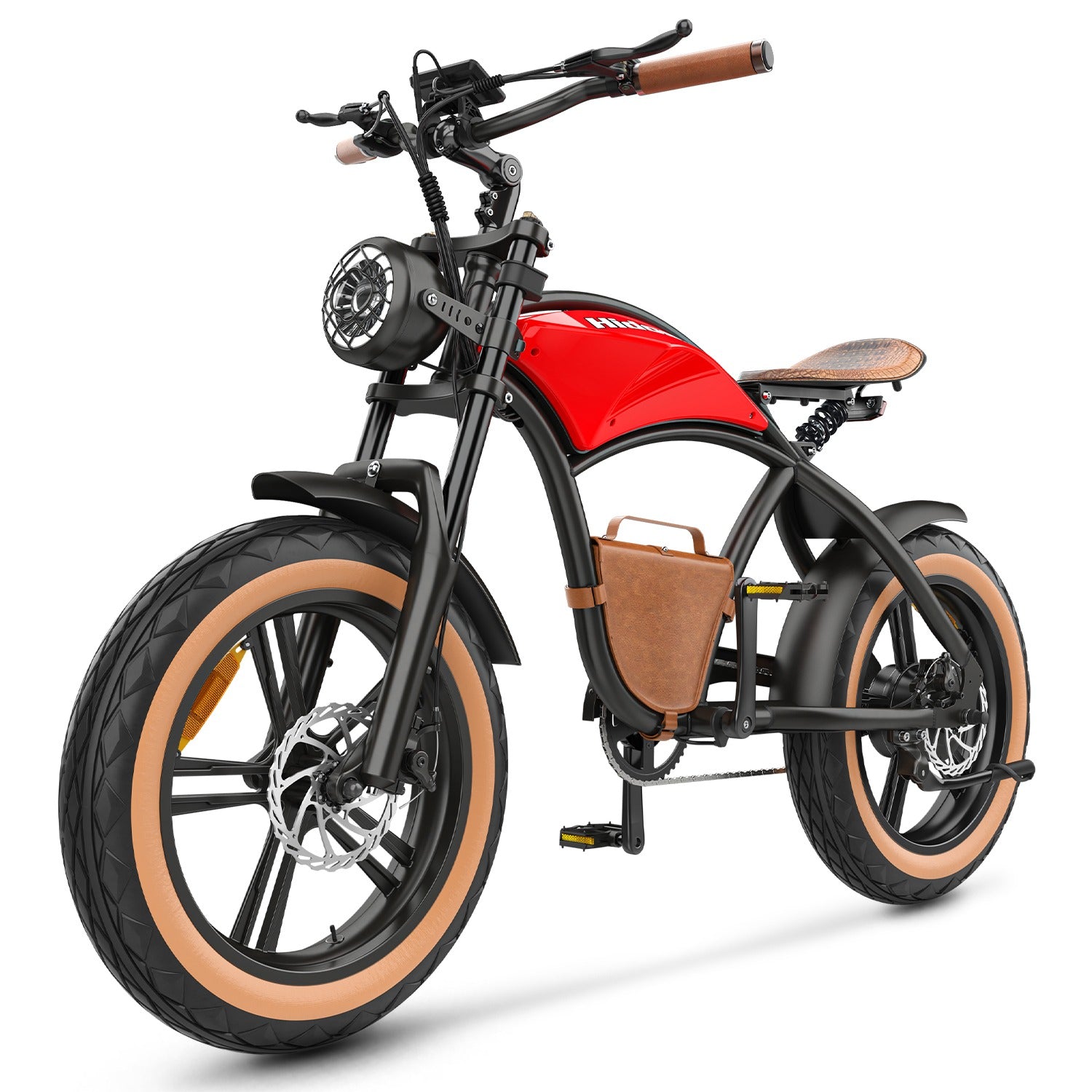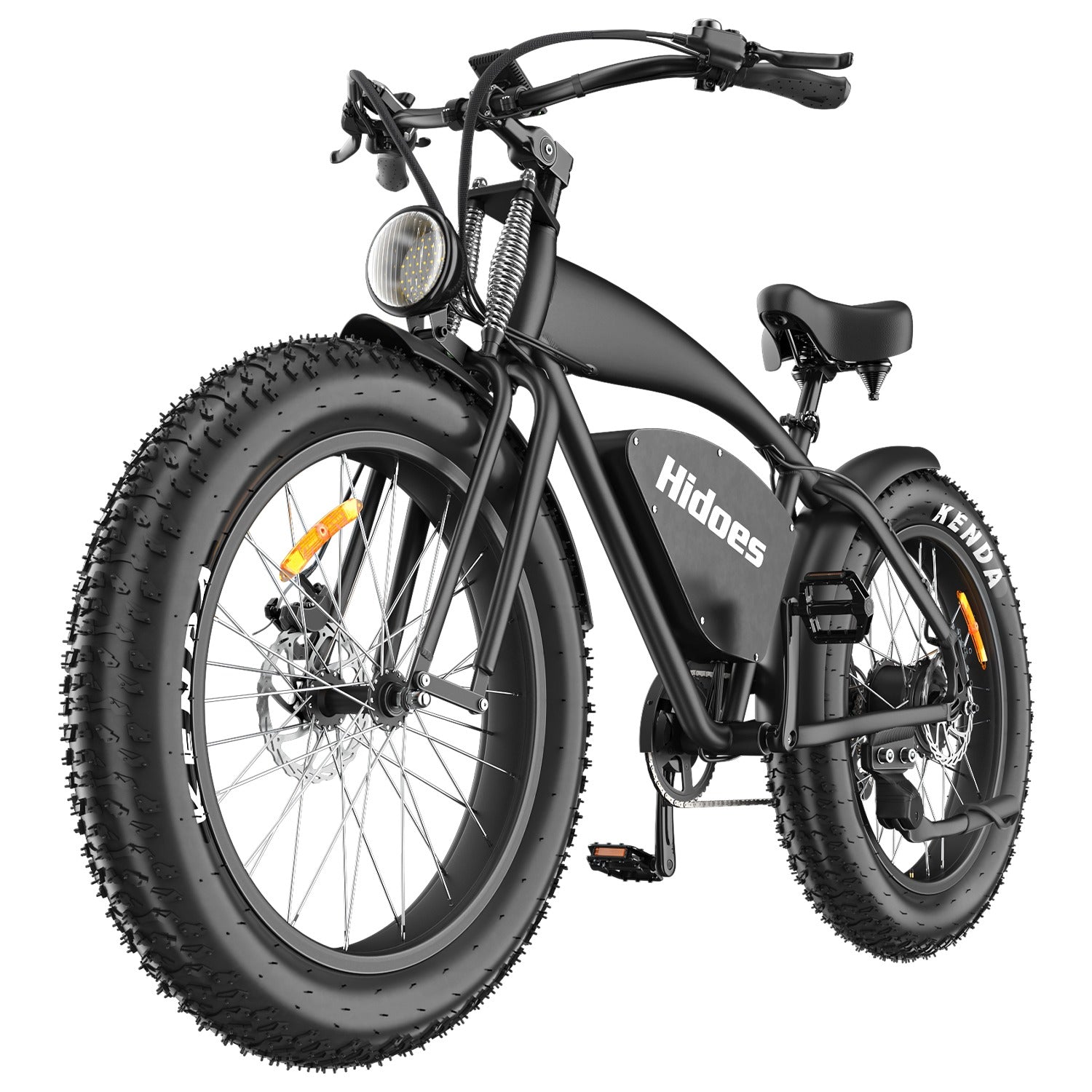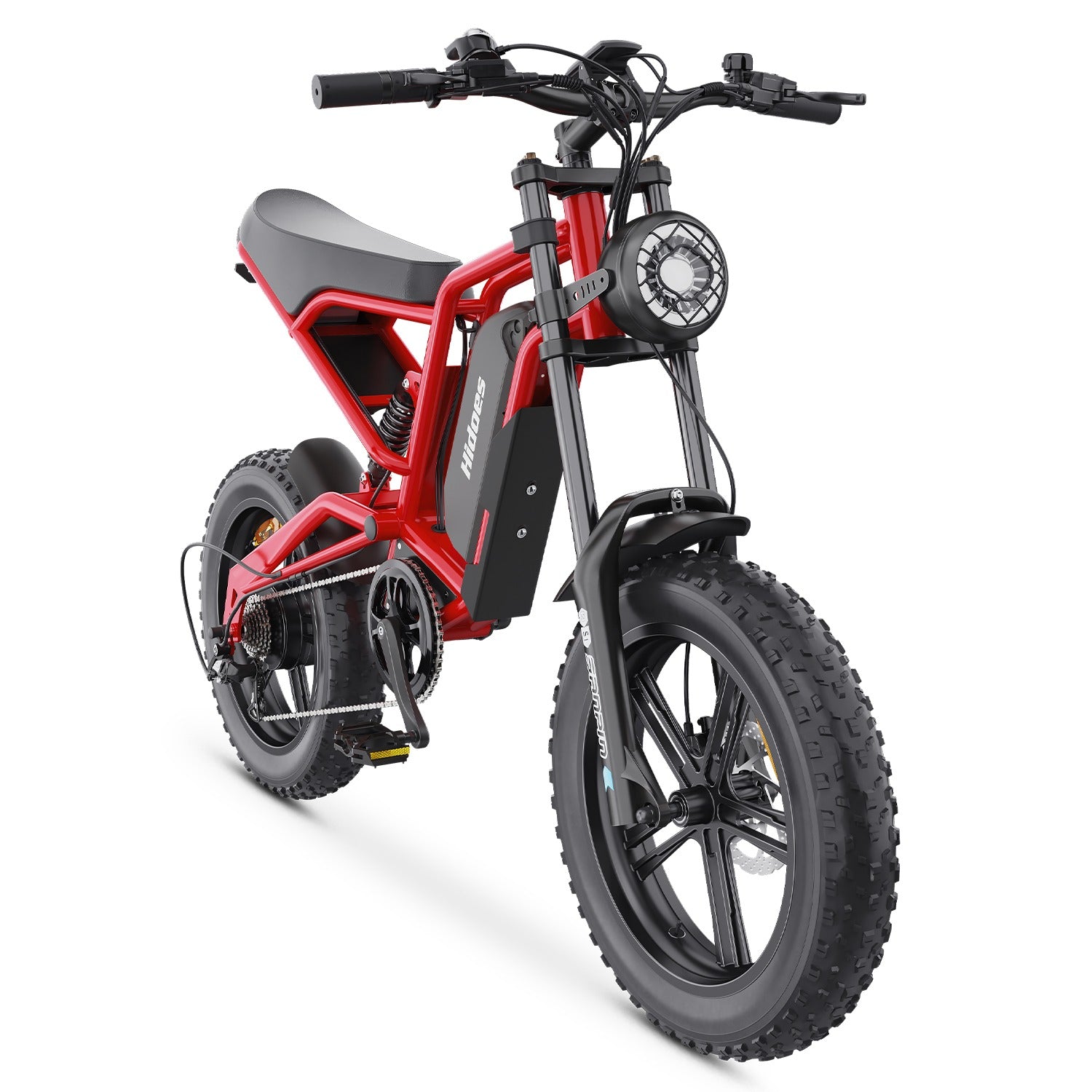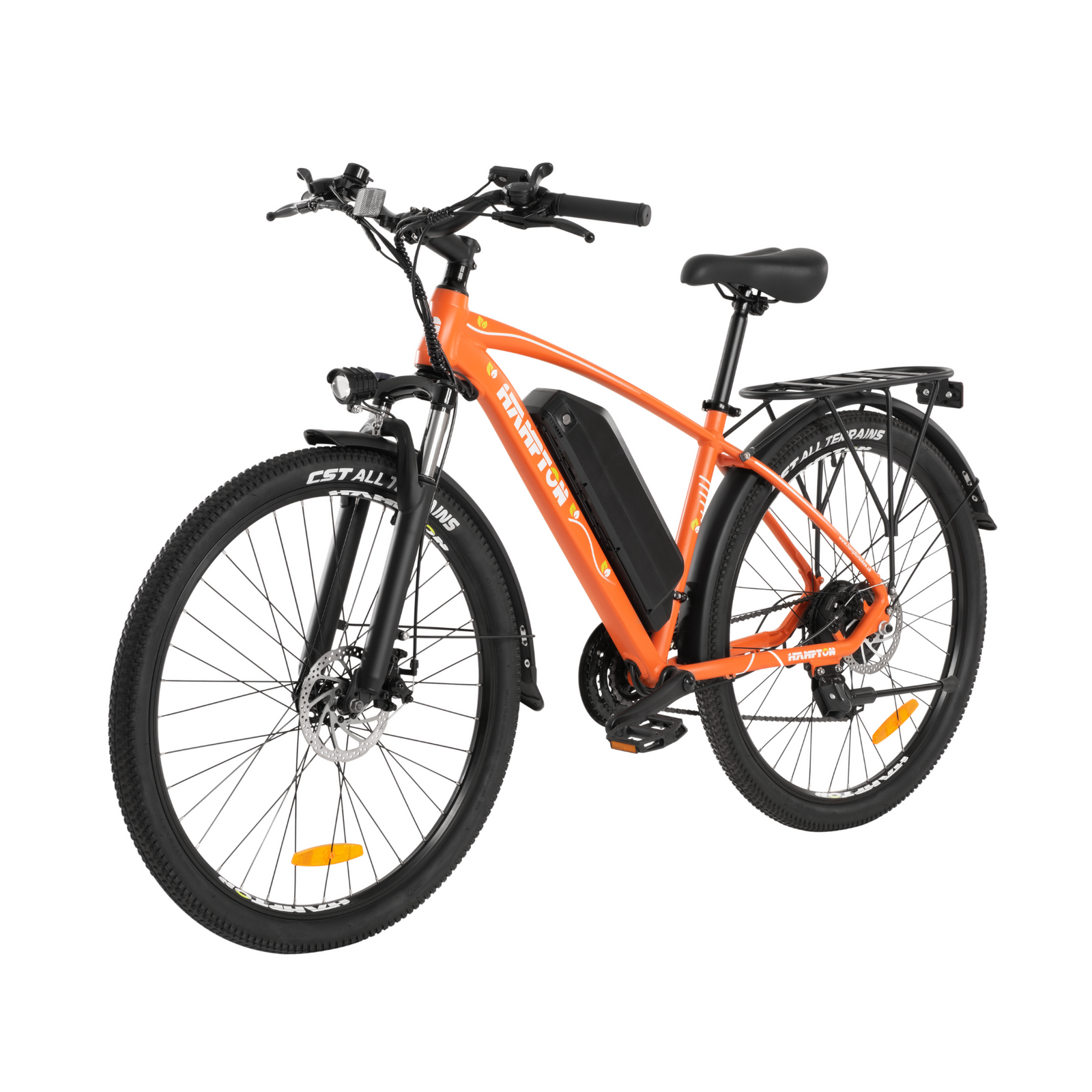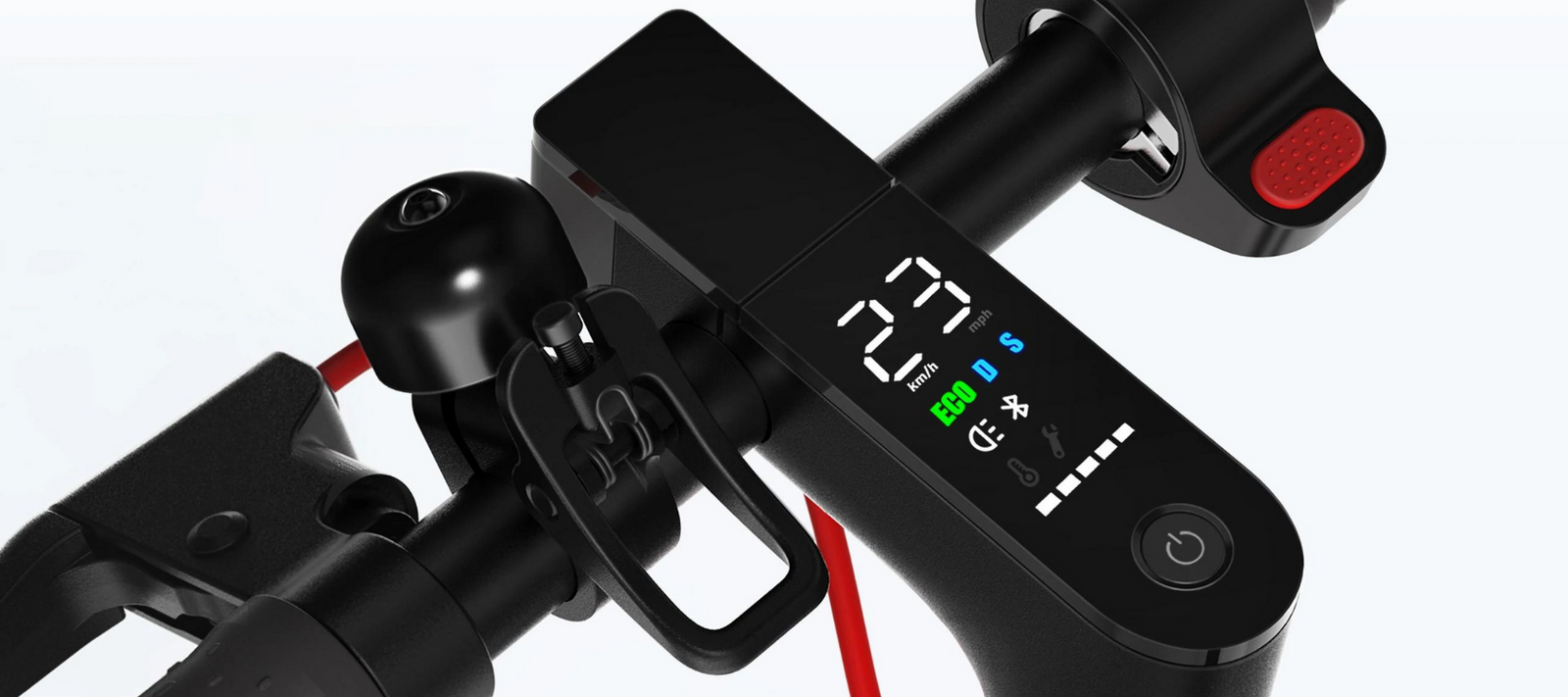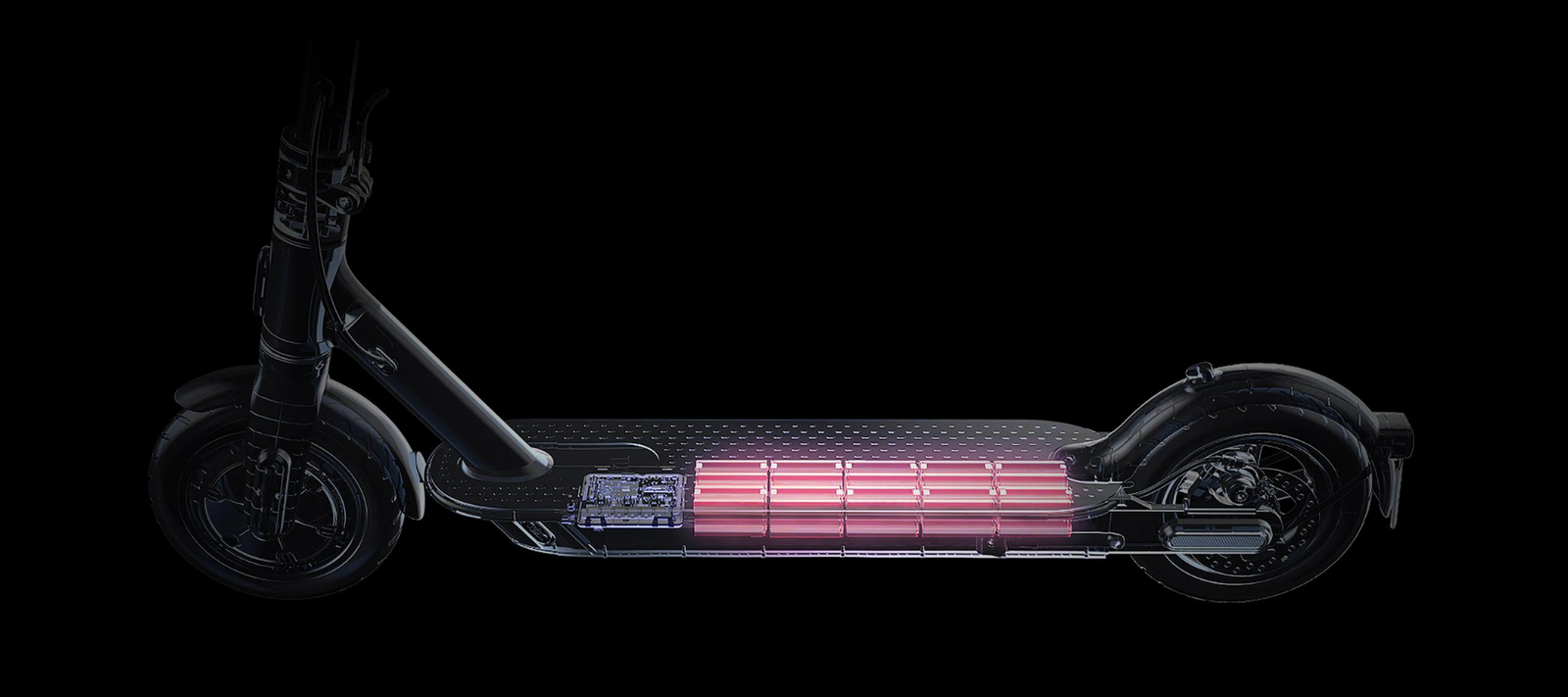How to Adjust Bike Gears: A Comprehensive Guide
Adjusting the gears of your bike is a crucial skill for every cyclist, ensuring a smooth and enjoyable riding experience. Whether you're a seasoned rider or just starting out, understanding how to fine-tune your bike's gearing can make all the difference.
Understanding the Basics of Bike Gears
Before diving into the adjustment process, it's essential to grasp the fundamentals of bike gears. Bicycles typically come with two types of gears: the front gears (attached to the crankset) and the rear gears (located on the rear wheel's cassette).
Tools You'll Need
- A bike stand or a way to elevate your bike
- A Phillips head screwdriver
- A flat head screwdriver
- An Allen key set
- A pair of pliers (optional)
Step-by-Step Guide to Adjusting Your Bike Gears
Step 1: Inspect Your Bike - Start by conducting a visual inspection of your bike. Ensure the chain is clean and adequately lubricated, and check for any wear or damage on the gears and derailleur.
Step 2: Position Your Bike - Secure your bike in a stand or find a way to elevate it so the wheels can spin freely. This position will allow you to easily access the gears and make adjustments.
Step 3: Adjust the Rear Derailleur - The rear derailleur moves the chain across the cassette's gears. To adjust it, locate the limit screws marked as 'L' (low) and 'H' (high), and adjust accordingly to ensure the chain does not fall off the cogs.
Step 4: Adjust the Front Derailleur - The front derailleur guides the chain between the front chainrings. Adjust the limit screws labeled as 'L' and 'H' to prevent the chain from falling off the chainrings.
Step 5: Test Your Adjustments - After making the adjustments, it's crucial to test your bike. Shift through all gears to ensure smooth transitions and adjust accordingly if necessary.
Conclusion
Adjusting your bike gears may seem daunting at first, but with practice, it becomes an easy and rewarding part of bicycle maintenance. By following this guide, you can ensure your bike is always in top condition, providing a smooth and efficient ride.






